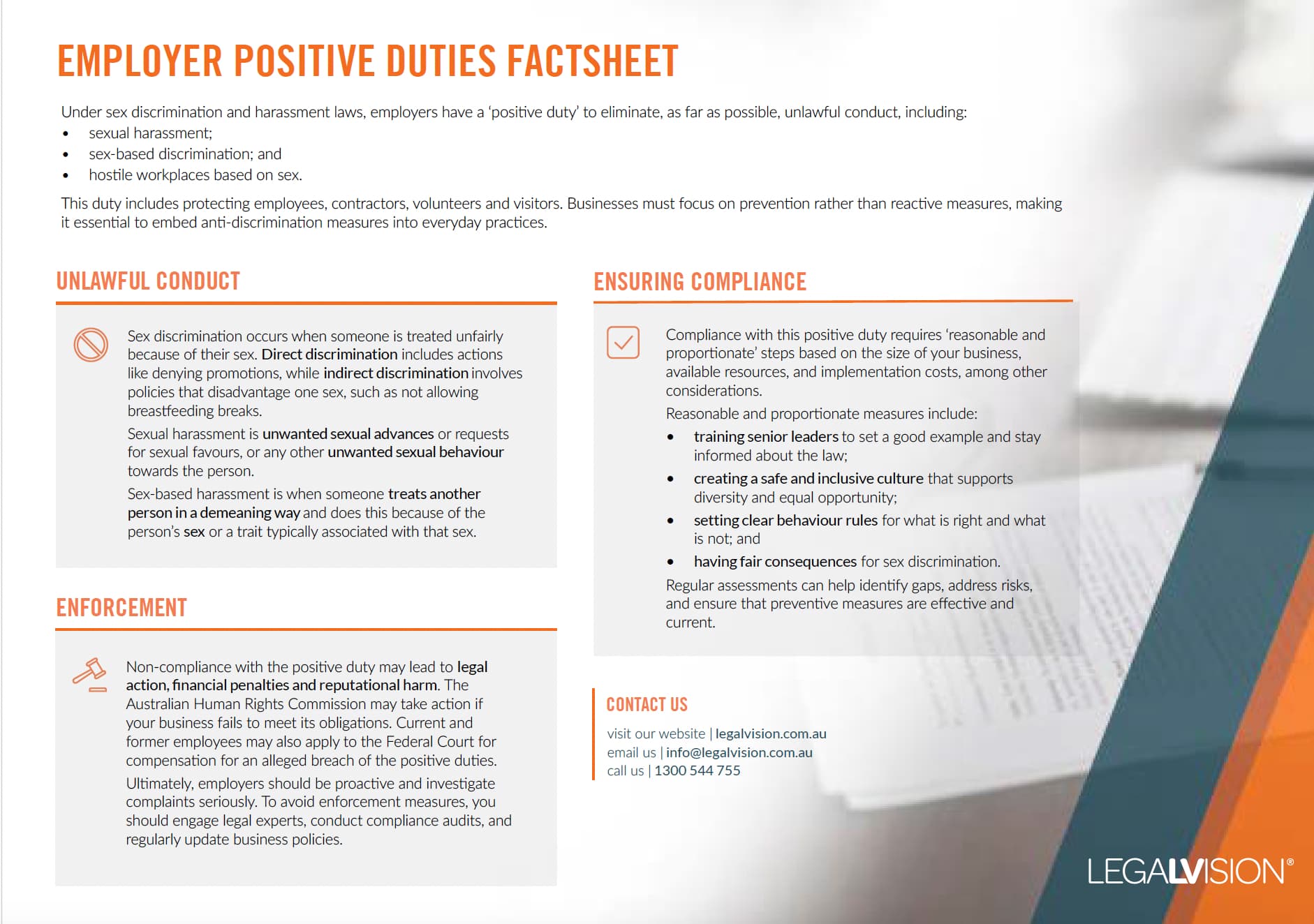In Short
-
Properly classifying workers as employees or contractors is crucial for meeting tax and employment obligations.
-
Employees are entitled to more benefits, including superannuation and leave, whereas contractors are not.
-
Incorrectly classifying a worker can lead to penalties, back payments and tax liabilities.
Tips for Businesses
Always review the contract and nature of the working relationship to determine whether your worker is an employee or contractor. Look at factors such as control, integration into the business, and risk-bearing. If you are unsure, seek professional advice to avoid costly penalties for misclassification.
As an employer, you must be sure whether your workers are employees or independent contractors. This classification is important because your tax obligations with respect to contractors differ from those of employees. Employees are afforded more entitlements than contractors. If you incorrectly classify a worker as an independent contractor when they are an employee, you may be liable to pay entitlements. Additionally, you may face penalties from the relevant government bodies. This article outlines the different entitlements you owe to employees and contractors.
Employment and Tax Laws
It is important to know that as an employer, you understand there are obligations under both the Fair Work Act and Tax Laws.
The Fair Work Act governs employers’ responsibilities to employees, such as:
- minimum pay;
- leave entitlements;
- redundancy; and
- periods of notice for termination.
Tax laws also apply to your relationship with your workers and cover areas such as pay-as-you-go (PAYG) withholding, superannuation, payroll tax and fringe benefits tax. Your obligations with respect to these taxes differ for employees and contractors.
Key Considerations
Most laws will consider that a worker is an employee if they are an employee under the ordinary meaning. Some laws also include additional tests for deeming a contractor as an employee.
The contract between you and your worker is paramount. The legal rights and obligations created by the contract will determine whether your worker is an employee or a contractor. The label that is placed on the contract is not alone determinative of the nature of the relationship. If you do not have a written contract, it can be challenging to determine whether your worker is an employee or a contractor. The way your relationship is conducted may be evidence of the factual arrangement between you and your worker.

This fact sheet outlines employers’ ‘positive duty’ under sex discrimination laws, highlighting proactive measures to prevent unlawful conduct.
Ordinary Meaning of Employee
The ordinary meaning of an employee is generally used for PAYG withholding, superannuation and fringe benefits tax. The ATO’s most recent taxation ruling has considered the following broad factors to be relevant when working out whether a worker is an employee under the ordinary meaning:
- the degree of control you have over the worker, such as whether you dictate how the worker completes their assigned tasks;
- how integrated the worker is into your business, such as whether they are listed as part of your team on the website;
- whether the worker is engaged to achieve a specific result like the completion of a project;
- which party bears the ultimate risk of carrying out the work;
- whether the work can be delegated or subcontracted by the worker;
- which party is responsible for providing the tools and equipment required to complete the work;
- which party is responsible for business expenses while completing the work;
- whether the worker is subject to any restraints and/or exclusivity arrangements;
- whether the worker is entitled to common law employment entitlements, such as annual and sick leave; and
- whether the worker needs to wear your uniform.
No one factor is determinative, and the weight given to each will depend on the case.
Continue reading this article below the formAdditional Considerations for Contractors
PAYG Withholding
In addition to the ordinary meaning of employees set out above, you may also have the obligation to withhold an amount of tax from payments to:
- performing artists who are Australian residents contracted to perform in a promotional activity through social media, film, tape, or radio broadcast;
- foreign residents for entertainment, sports, construction or casino gaming junket activities.
Superannuation
Even if your worker is not an employee under the ordinary meaning as set out above, the worker may still fall within extended definitions of an employee set out in the legislation. The two most common examples of extended definitions of an employee for superannuation purposes are:
- when a worker is engaged under a contract that is wholly or principally for labour. This is usually when the worker does not have the ability to delegate or the worker is not paid to achieve a particular result; and
- certain workers providing services as entertainers, artists, musicians or sports persons.
Payroll Taxes
Except in Western Australia, even if your worker is not an employee under the ordinary meaning or if your worker is a company, you may need to account for them in meeting your payroll tax obligations. A person who performs services under a relevant contract is deemed an employee for payroll tax purposes. A relevant contract is almost any contract that involves services, unless a specific exemption applies.
Key Takeaways
The classification of employees and contractors is essential as your obligations with respect to contractors differ from those of employees. If you incorrectly classify a worker as an independent contractor when they are an employee, you may be liable to pay the entitlements, including superannuation and various other employment taxes. If you are unsure whether your contractor is an employee or a true contractor, you should seek legal advice. There may be opportunities to disclose the information to the relevant government authority and request remission of penalties.
If you are unsure of your tax obligations towards your workers, our experienced taxation lawyers can assist as part of our LegalVision membership. For a low monthly fee, you will have unlimited access to solicitors to answer your questions and draft and review your documents. Call us today on 1300 544 755 or visit our membership page.
Frequently Asked Questions
Unfortunately, there is no definite answer to this question, and a case-by-case analysis is required. A starting point may be to perform a quick self-assessment based on the broad factors set out in this article or reach out directly to the tax team at LegalVision.
Employees receive entitlements that contractors do not, such as leave and superannuation. If you misclassify your worker as a contractor you could be liable to back pay these entitlements. Some of the penalties can be significant. You may also be liable to the ATO or a state revenue office for unpaid taxes such a payroll tax or fringe benefits tax.
We appreciate your feedback – your submission has been successfully received.











